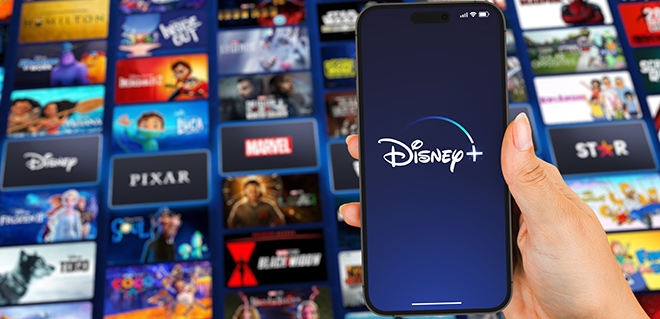
With agreements like Disney and Charter Communications, the distinction between traditional linear models and streaming is becoming more blurred impacting the entire ecosystem.
After months of considerable back-and-forth, where nearly 15 million subscribers were denied access to the U.S. Open, college football, and other programming, Disney and Charter Communications have finally reached an agreement. Fortunately, for those subscribers on the sidelines, it was just in time for Monday Night Football.
While carriage disputes are common in pay-TV land, many critics are speculating that this particular falling out signals cord-cutting’s rise as the potential nail in the coffin for the cable TV industry.
We spoke with Julie Clark, SVP of Media & Entertainment, TransUnion, to dissect the future of cable television in a world dominated by streaming, and marked by both challenges and opportunities. As the lines between traditional linear models and streaming continue to blur, we explore the impact on publishers, evolving revenue models, and the changing landscape of consumer access to content.
The cable television landscape is in flux, but it is within this flux that the seeds of the future will be sown.
Yakira Young: The agreement between Disney and Charter Communication has been brewing for quite some time now. What implications do you see for the future of the streaming TV industry based on this agreement?
Julie Clark: In the future, streaming will continue to be a priority, but it still serves as a reminder of the deep dependency on linear, which can’t be ignored and can still be an engine for content.
Legacy subscription models (subscriber fees) remain a major motivator for content hubs like Disney. However, they need those to bolster the bottom line while streaming continues to mature. The streaming TV industry is ripe for more consolidation as many streaming platforms are unhappy. Those players who will win in the streaming inflation wars are those who do not have to deal with the loss of past revenue or the fights of today.
YY: This agreement further blurs the distinction between traditional linear models and streaming. How will this blurred distinction impact publishers?
JC: Disney and Charter Communications both felt the pain in this agreement and further emphasized the power of having great content and a scaled distribution business. With agreements like Disney and Charter Communications, the distinction between traditional linear models and streaming is becoming more blurred. Impacting the entire ecosystem, not just publishers.
Consumers gravitate towards platforms that focus on new content, and marketers will always want to reach a scaled audience connected to that premium content.
YY: How do revenue models and distribution agreements play a role in the developing landscape of streaming TV? What changes can publishers expect to see in this regard?
JC: Streaming has had the benefit of massive budgets to develop content. They were already feeling the burn of needing to offset with new ad-supported revenue models. Legacy publishers are finding a way to have distribution agreements as a means to diversify revenue streams and support growth versus weighing them down. We will see more of the merging of these revenue models and distribution agreements – not less.
YY: How does this new agreement impact consumers and their access to content? Are there any pricing or access changes on the horizon?
JC: Streaming platforms understand that economic pressures make it impossible for consumers to subscribe to multiple platforms, so we’re already seeing all major streaming platforms increase prices. Additionally, streaming platforms understand offering various levels of tiers to content that consumers can choose which best suits their budgets and needs is a logical next step.
However, with access to streaming content being gated, it’s already leading to new consumer behaviors of churn from services of either pausing or ending subscriptions and rotating to other platforms that better suit their budgetary needs and provide access to new content.
YY: With the continued growth of streaming, how do you foresee the future of cable television?
JC: As the market contends with increased offerings and fragmentation, the shift moves towards profitability. The future will be simplifying consumer access, scaled ad environments, and a lot of growing pains in between. Revenue per user (RPU) will accelerate while the marketplace begins to understand consumer willingness to pay across various platforms.